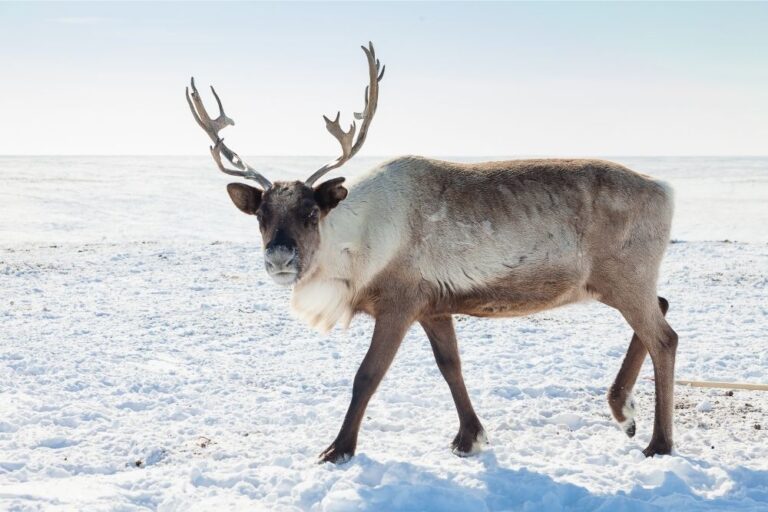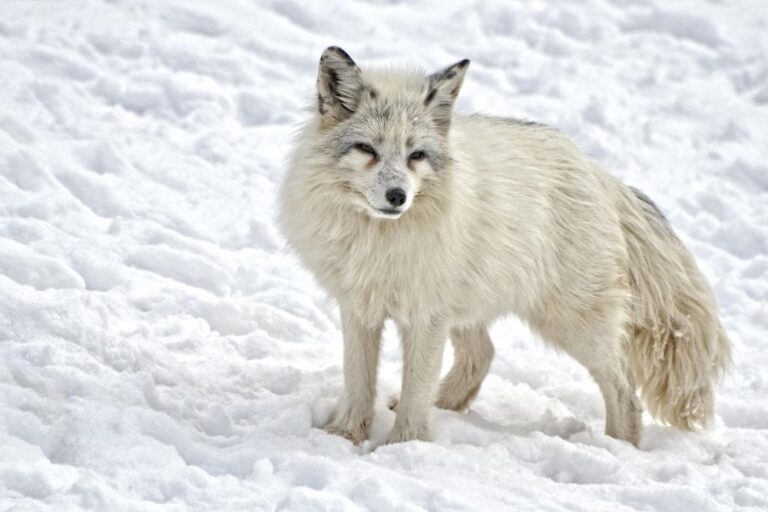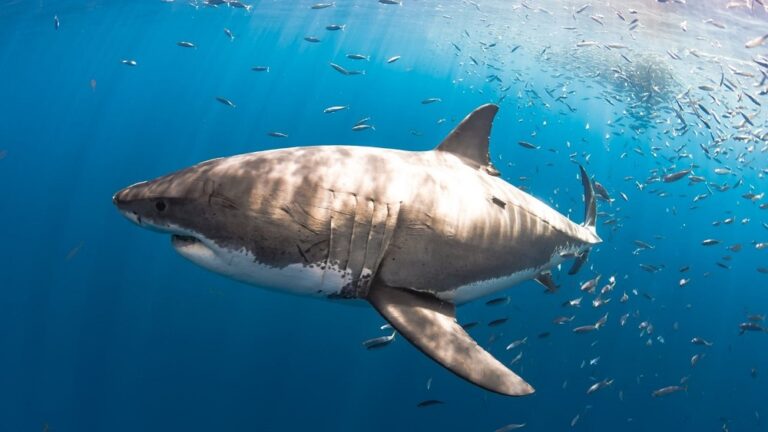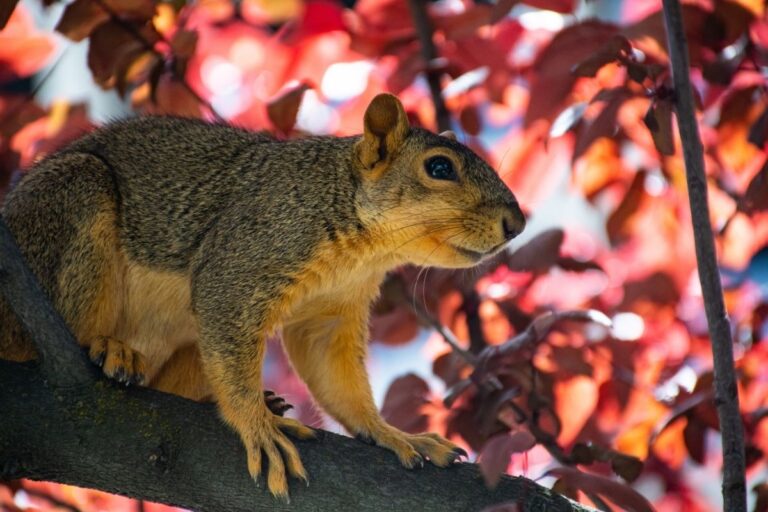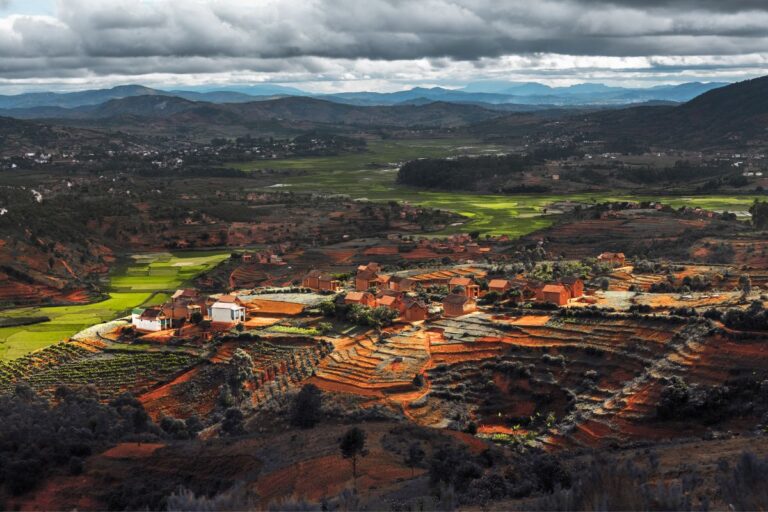Animals That Live In The Savanna
Last Updated on January 26, 2022 by
One of the best-known features of the savannas of Africa is that it is home to some of the most interesting animals on the planet.
A number of herbivorous animals can be found in the savannas, and there are also a variety of carnivorous animals.
Aside from grass and a few scattered trees, Eastern Africa has a diverse plant community, which is largely made up of acacia trees.
During the winter season, it may not rain at all from December to February, which is what is considered the dry season.
However, in the summer, it tends to rain a lot. It could be argued that savannas are home to most animals that you would encounter, and this is a guide to explaining some of the best animals you can find there.
African Lions
The African savanna is home to many animals we think about living there, including lions. Despite the tan coloring, these apex predators are able to blend in with the surroundings, especially when they are hiding to catch prey. To get at their prey’s meat, the animals have retractable claws and rough tongues.
Adapting their mane thickness to changing temperatures is another way these animals adapt to changing conditions.
Their height is typically between 4.5 and 6.5 feet and their weight is between 265 and 420 pounds. You will find their scientific name to be Panthera leo.
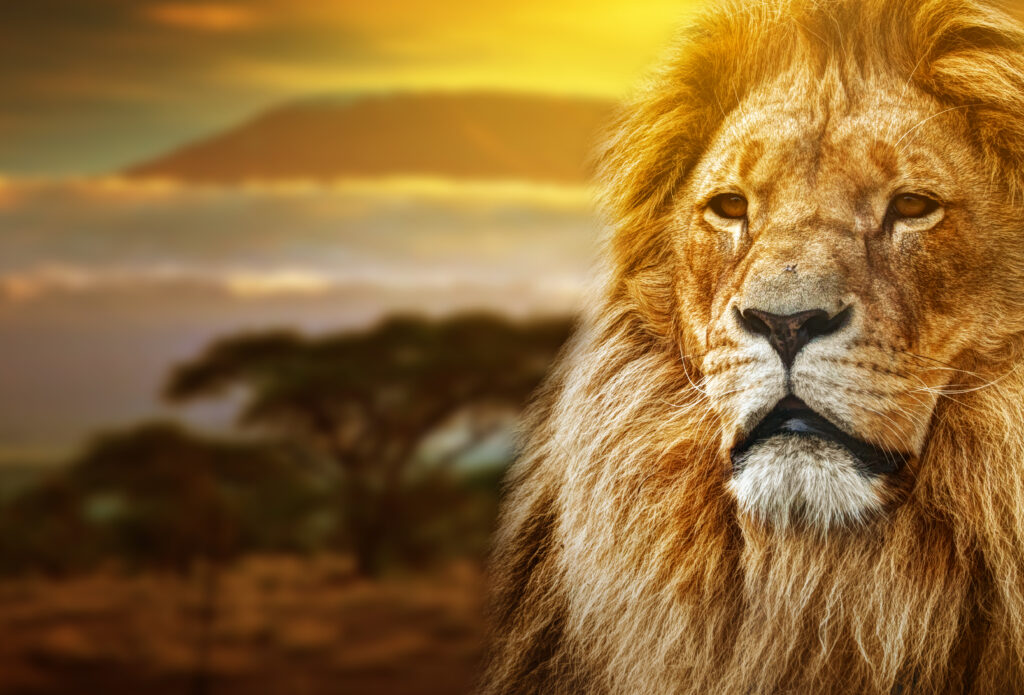
Cheetahs
Over short distances, the cheetah can reach speeds of 60-70 miles per hour, making it one of the fastest mammals on land. We certainly wouldn’t challenge one of these to a race!
Combined with their good eyesight and speed, this ability allows them to locate and hunt their prey in the savanna.
While hunting on the plains, these animals are able to blend in easily with the tall and dry grasses because of their spotted coat. Their scientific name is known to be Acinonyx jubatus.
African Elephant
African bush elephants are the largest subspecies of elephants and also the largest land mammal on earth. They are also known as African bush elephants and African savanna elephants, respectively.
Typically, the temperature of the savanna ranges between 68 and 86 degrees Fahrenheit, and the large ears of the elephants promote heat transfer even at lower temperatures.
Elephants can do the same thing by sucking up water and spraying themselves with water to cool themselves down. Its powerful muscles also allow it to lift over 400 pounds, which is extremely convenient when eating.
They feed on about 350 pounds of vegetation per day and contribute to the maintenance of savannas by reducing the number of trees. So they might be good at cleaning in the savanna, but we wouldn’t try it at home! The scientific name for them is Loxodonta africana.
Common Ostrich
Although they can’t fly, these birds are sure fast runners. It is one of the heaviest birds, lays some of the largest eggs of any living animal, and runs at a surprising speed of 43.5 mph.
In order to escape predators, they use their powerful legs and two-toed feet to run as fast as they can.
Although they are not intended for flight, their wings can also provide stability while running. These birds are known scientifically as Struthio camelus.
Plains Zebra
There are several types of zebras, but the plains zebra is the most common, and it lives in grassy, open areas, which is why you will find these in some of your zoos.
The zebra is able to migrate up to 1,800 miles for food and water during the dry season because of the savanna’s dry season.
Zebras also have a unique digestive tract that allows them to consume lower-quality grasses during the dry season. The coats of zebras, which dissipate about 70% of their body heat, act as a natural sunscreen and are also well-adapted to savanna temperatures.
In the herd, predators have a hard time pinpointing a specific animal because of the iconic black and white pattern. This fascinating species is called Hippotigris in scientific terms.
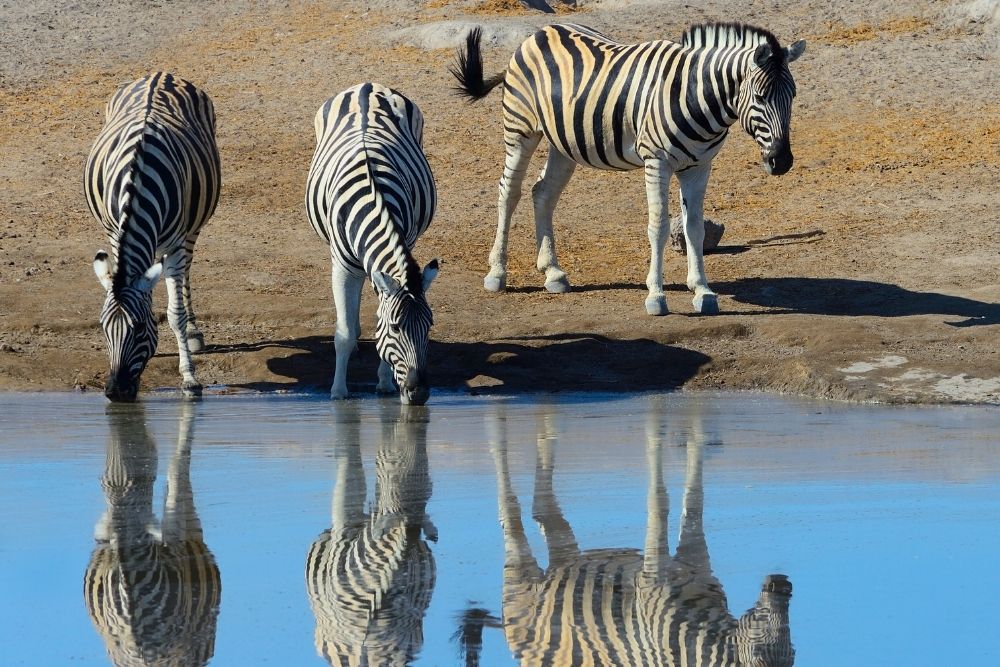
Spotted Hyena
A common carnivore throughout Africa, the spotted hyena is sometimes called a laughing hyena. As scavengers and hunters, they are able to find food much more easily than other species of animals.
A hyena’s heart is large in comparison to its body size, which enables it to run for long periods of time when chasing prey.
They can also be found at watering holes cooling off during the summer months. It is common to see these creatures hunting in packs as you may remember from the Lion King movie. Crocuta crocuta is their scientific name.
Blue Wildebeest
These animals are commonly classified as members of the antelope family, although they resemble cattle more closely.
These herbivores have a very important role in the preservation of the acacia savanna ecosystem and help to maintain the grass, which allows other animals of the savanna ecosystem to thrive.
A savanna dweller known as a wildebeest has been adapted to swatting flies with its long tail and to hide at night with its dark vertical stripes, which are also adaptations for savanna life.
Because wildebeests are prey animals, they have evolved to have their calves born in a three-week period in order to maintain their numbers and increase their efficiency.
When they run in herds they are extremely dangerous and a lot more powerful than they may seem. Their scientific name is Connochaetes.
Giraffe
One of the most loved creatures in the savanna is the giraffe, whose long neck and sleepy eyes make it a beloved animal.
Besides the fact that the giraffe’s long neck allows them to reach high branches and leaves, the giraffe also has the longest and strongest tongue of any animal, a prehensile tongue measuring 18 inches long.
As a result of its dark color that protects it from the sun, the tongue is covered in a thick, glue-like substance called saliva, which serves as protection against thorns and sticks. They can eat these foods because they can’t be eaten by other animals, reducing competition.
Lastly, giraffes, like many animals in the savanna, have the ability to survive for weeks without drinking water because of dew and plants. This is a truly amazing animal that you should see if you haven’t already. They are scientifically known as Giraffa camelopardalis.
Leopard Tortoise
Savanna tortoises might be unknown to you, but they exist! It is well known that leopard tortoises can thrive well in habitats that are dry and grassy. Yellow is the dominant color of their shells, which are dome-shaped and high, covered in blotches, spots, stripes, and dashes of black.
These leopard-like patterns aid them in camouflaging themselves among the tall grasses of the savanna due to their leopard-like pattern. To adapt to the dry conditions of the savanna, they can also store water in the large sacs in their bodies. The scientific name for these animals is Stigmochelys pardalis.
White-Backed Vulture
Despite the fact that they appear to be not the friendliest of animals, they are actually playing a crucial role in making sure that the savanna is maintained by removing the remains of dead animals.
As a result, the birds are able to eat large animals but their beaks are not well adapted for chewing through tough skin, which is why they can only feed on soft mammals.
Having a high stomach acidity prevents them from becoming ill from eating food other animals can’t eat. Besides these adaptations, vultures nest and roost safely in savanna trees because they are often scattered and large.
Also, they urinate on their legs and feet to cool off and eliminate parasites and bacteria that could otherwise harm them. Their scientific name is Cathartes aura.
Gazelle
As well as being a common herbivore in the savanna, Grant’s gazelle becomes prey for many predators in the area. Grant’s gazelle has large dark horns on both the male and the female.
In order to run from predators, these animals are swift, lean, and have the ability to sprint with bursts of explosive speed.
To survive in dry savanna habitats, these animals gather most of their water from the fruits and vegetables they consume. The enormous salivary glands on their bodies allow them to feed on dry shrubs, herbs, and grass without having to rely on a water source. It is scientifically known as Nanger granti.
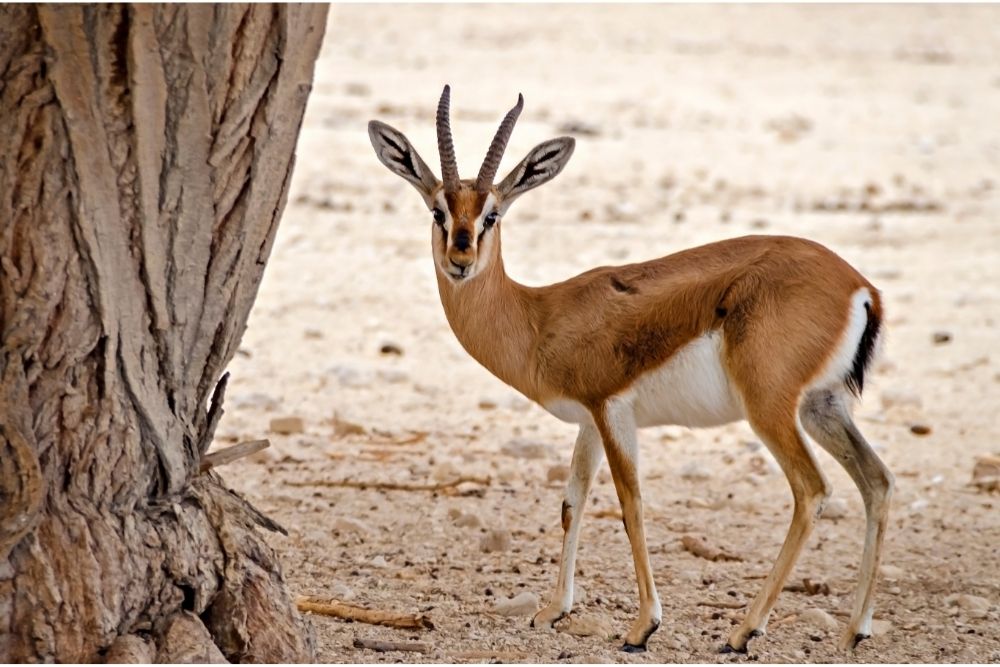
Black Mamba
The name black mamba comes from the bluish-black coloring inside their mouths that they display when they feel threatened, even though black mambas are actually brown.
As a result of their deadly venom, highly aggressive behavior, and speed they are commonly considered the world’s deadliest snakes since they can slither up to 12.5 miles per hour.
Moreover, with lengths averaging 14 feet, these snakes are the second-longest venomous snakes in the world. This reptile is known by the scientific name Dendroaspis polylepis.
Summary
In the savanna, there are so many animals that we were unable to list them all but we chose ten iconic creatures which couldn’t be missed. You might have even been surprised to learn some hidden facts that we included.
There is no doubt that you have learned something of interest about these animals and maybe at some point, you will be able to go on a safari to see the savanna yourself.


